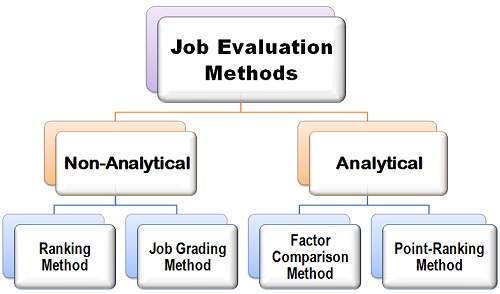 An organization having good intention to establish an excellent training and development system should use any one or all of the methods discussed below in brief: These are several methods cited in Bardwell and Holden (1998).
An organization having good intention to establish an excellent training and development system should use any one or all of the methods discussed below in brief: These are several methods cited in Bardwell and Holden (1998).
1. Questionnaires (feedback forms) are a common way of eliciting train responses to courses and programmers.
2. Tests or examinations are common on formal courses, especially those that result in certification, e.g., a diploma in word processing skills. End-of-course tests also can be employed after non-certificate short courses to check the progress of trainees.
3. Projects are initially seen as learning methods but they can also provide valuable information to instructors about the participants/understanding of subject matter.
4. Structured exercises and case studies provide opportunities to apply learned skills and techniques under the observation of tutors and evaluators.
5. Tutor reports gather the opinions of those who deliver the training. This gives a valuable assessment from a different perspective.
6. Interviews of trainees after the course or instruction period are another technique for gathering information directly from the learners. These can be informal or formal, individual or group, face to face or by telephone.
7. Observation of courses and training by those devising training strategies in the training department is very useful and information from these observations can be repaired with trainee responses.
8. Participation and discussion during training can provide in insights about the learning experiences of participants. This activity needs people who are adept at interpreting responses, as this can be highly subjective.
For complicated training evaluations, it is recommended that a combination of these approaches be used.

 Follow
Follow